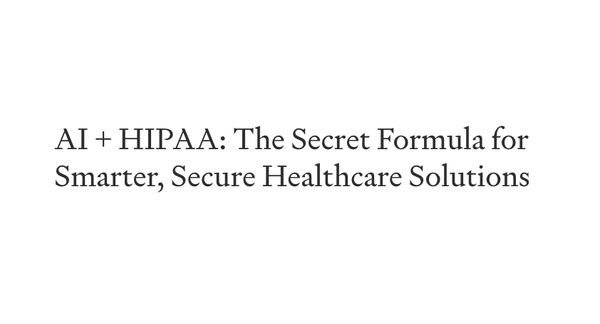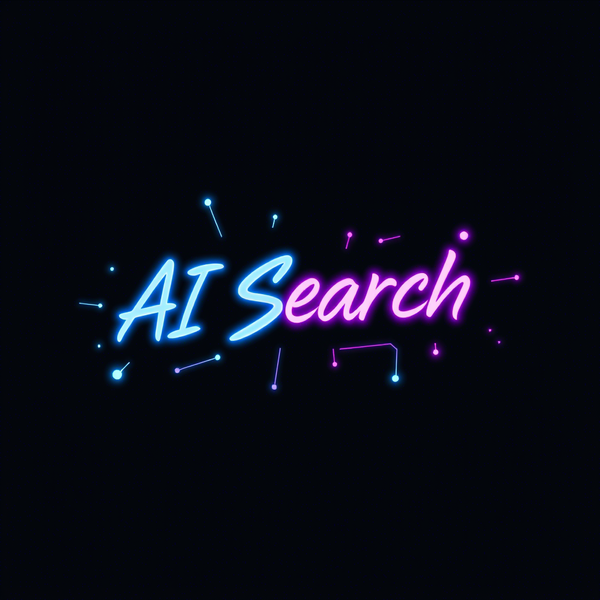Why the Healthcare Sector is Slow to Adapt New Technologies Like Web3, VR, and AR
Table of Content
The healthcare sector often hesitates to adopt new technologies. Factors such as regulations, expertise, implementation challenges, and experience play significant roles.
1. Regulatory Hurdles: HIPAA and GDPR
HIPAA in the United States and GDPR in Europe impose strict regulations on data privacy and security. These laws require extensive compliance efforts, making the integration of new technologies challenging.
For instance, Web3's decentralized nature can complicate data control and compliance, posing potential risks for sensitive patient information.
2. Lack of Expertise and Training
The rapid pace of technological advancement often outstrips the training and expertise available within the healthcare sector.
Many healthcare professionals, including doctors and specialists, may lack the necessary skills to implement and utilize technologies like VR, AR, and blockchain. This skills gap can result in resistance or slow adoption of new technologies.
3. Implementation Challenges
Implementing new technologies in healthcare settings can be complex and costly. Existing systems may require significant modifications to integrate new tools.
For example, adopting Web3 for secure, decentralized data management would necessitate overhauling current data infrastructure, which is both time-consuming and expensive.
4. Experience and Familiarity
Healthcare professionals are trained to work with proven, reliable tools and methods. New technologies, no matter how promising, must undergo rigorous testing and validation before they can be trusted in clinical settings.
The lack of hands-on experience and familiarity with technologies like VR and AR can lead to skepticism and hesitation in adoption.
5. Focus on Patient Safety
Patient safety is the top priority in healthcare. Any new technology must prove it can improve outcomes without introducing new risks. The potential benefits of VR in pain management or AR in surgical planning are clear, but these technologies must undergo extensive testing to ensure they are safe and effective for widespread use.
Web3 in Healthcare
Web3 offers the promise of decentralized data management, enhancing data security and patient privacy. However, its integration faces hurdles like compliance with HIPAA and GDPR, and the need for robust infrastructure changes. Despite these challenges, Web3 has seen notable success stories and significant investments.
Web3 Usage and Success Stories
Estonia's e-Health System
Estonia has successfully implemented a blockchain-based system for managing electronic health records. This system ensures secure and efficient data management, enhancing patient care and data privacy.
MediBloc
A decentralized healthcare information ecosystem built on blockchain, MediBloc allows patients to own and control their medical records. It has garnered attention for its potential to improve data interoperability and security in healthcare.
Significant Investments in Web3
ConsenSys
ConsenSys is a leading blockchain technology company, ConsenSys, has received over $450 million in funding. They are actively exploring healthcare applications for blockchain, focusing on data security and interoperability.
IBM Blockchain
IBM has invested heavily in blockchain technology, with applications in healthcare, including secure patient data management and improved supply chain transparency for pharmaceuticals.
VR in Healthcare
Virtual Reality (VR) has applications in pain management, medical training, and mental health therapy. Its immersive environment can aid in reducing pain perception and anxiety.
However, the cost of VR equipment and the need for specialized training limit its widespread adoption. Ensuring VR applications meet clinical standards is another critical step before they can be widely used.
AR in Healthcare
Augmented Reality (AR) can assist surgeons with real-time data overlays, improving precision in procedures. AR can also enhance medical training by providing interactive, 3D visualizations of complex anatomical structures. The primary barriers to AR adoption include the high cost of AR devices and the need for comprehensive training programs for healthcare professionals.
Benefits of Integrating Trending Tech in Healthcare
Improved Patient Outcomes
Technologies like VR and AR can enhance patient care by providing innovative treatment options and improving surgical precision.
Enhanced Data Security
Web3's decentralized structure can offer better security for patient data, reducing the risk of breaches.
Cost Reduction
Automating processes and improving efficiency with these technologies can reduce operational costs over time.
Personalized Care
Advanced tech can support personalized treatment plans, improving patient satisfaction and outcomes.
Resolving Issues and Challenges
1. Regulatory Alignment
Work closely with regulatory bodies to ensure new technologies comply with existing laws. Developing clear guidelines and standards can facilitate smoother integration.
2. Training and Education
Invest in comprehensive training programs for healthcare professionals. Partner with tech companies to provide hands-on training and support.
3. Pilot Programs
Start with small-scale pilot programs to test new technologies. Gather data and feedback to refine and improve before wider implementation.
4. Collaborative Efforts
Foster collaboration between tech developers, healthcare providers, and regulatory bodies to address challenges and develop effective solutions.
By addressing these challenges and leveraging the benefits, the healthcare sector can better integrate advanced technologies, ultimately improving patient care and operational efficiency.










